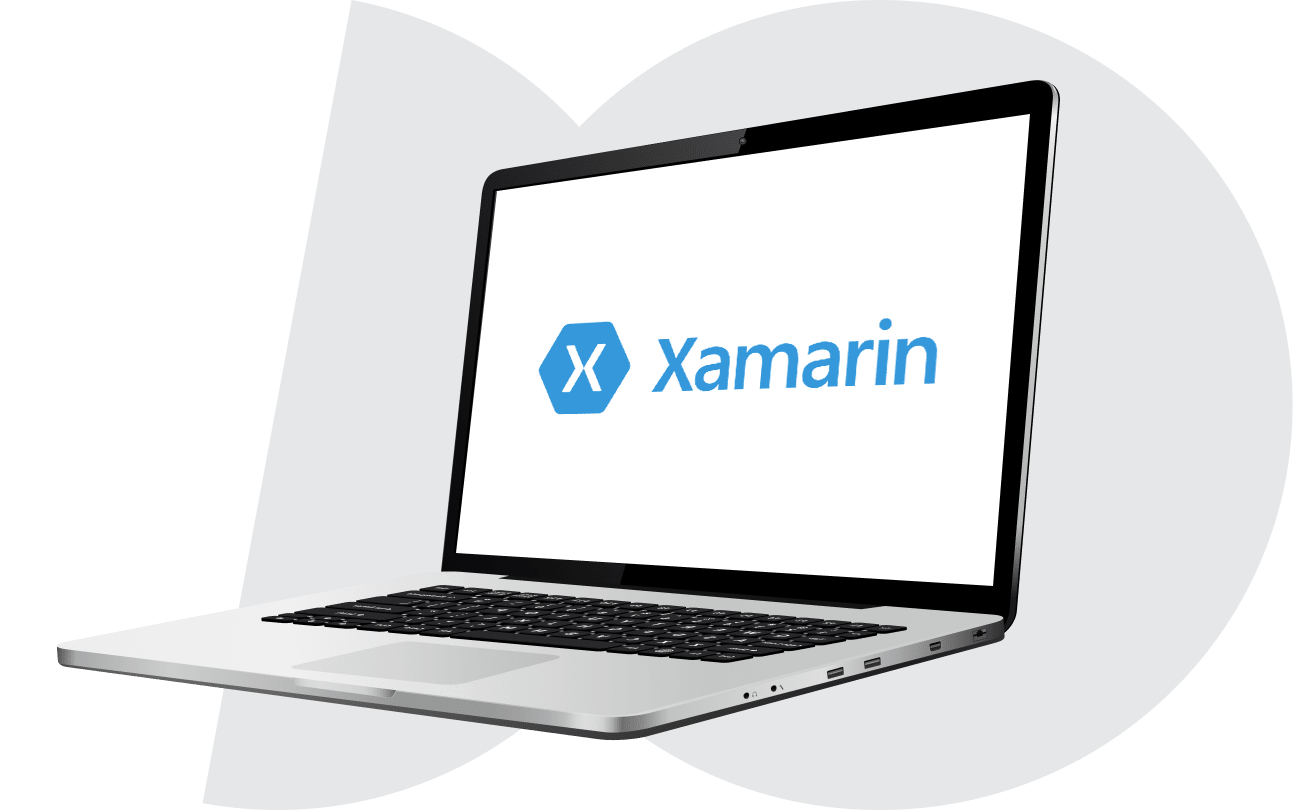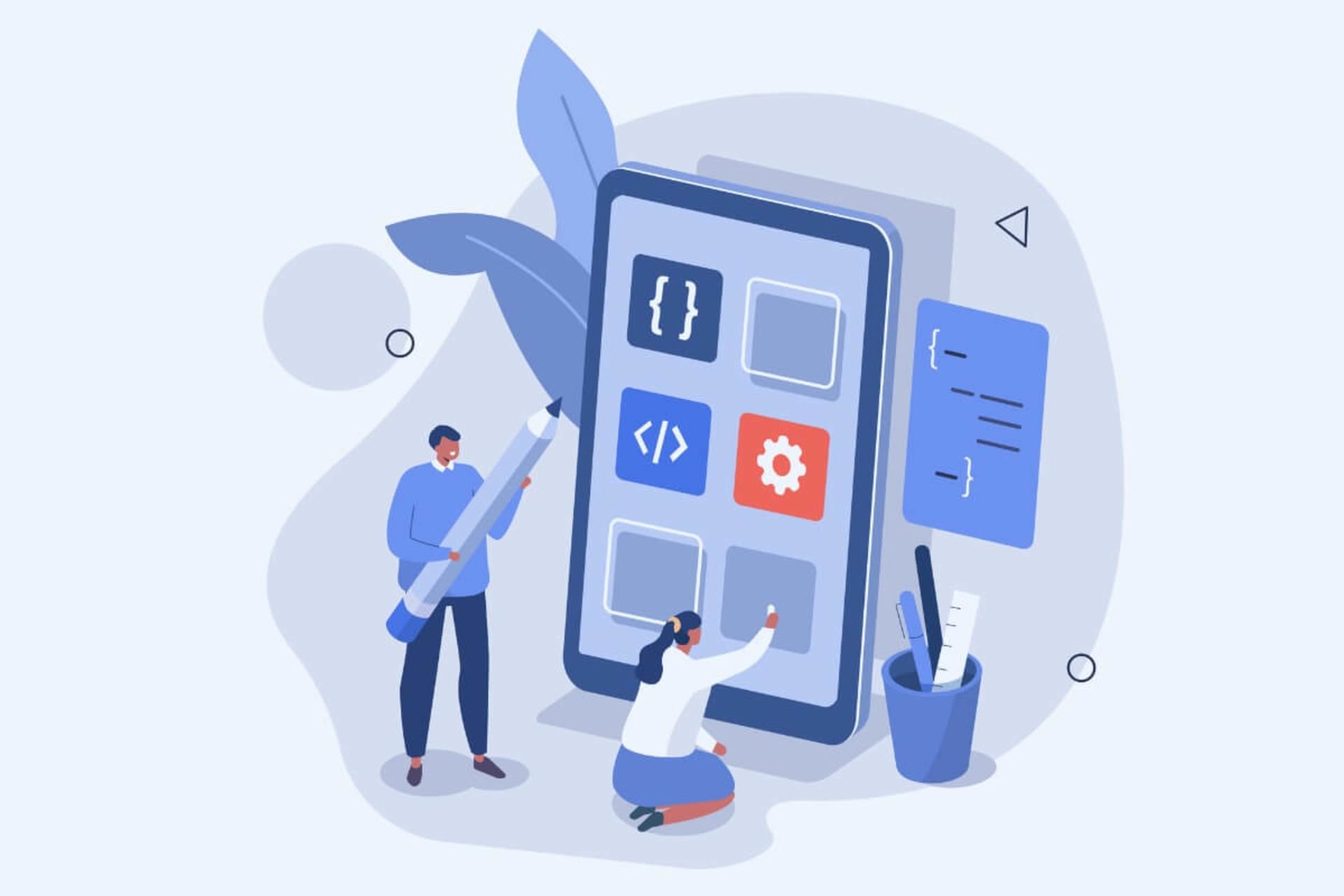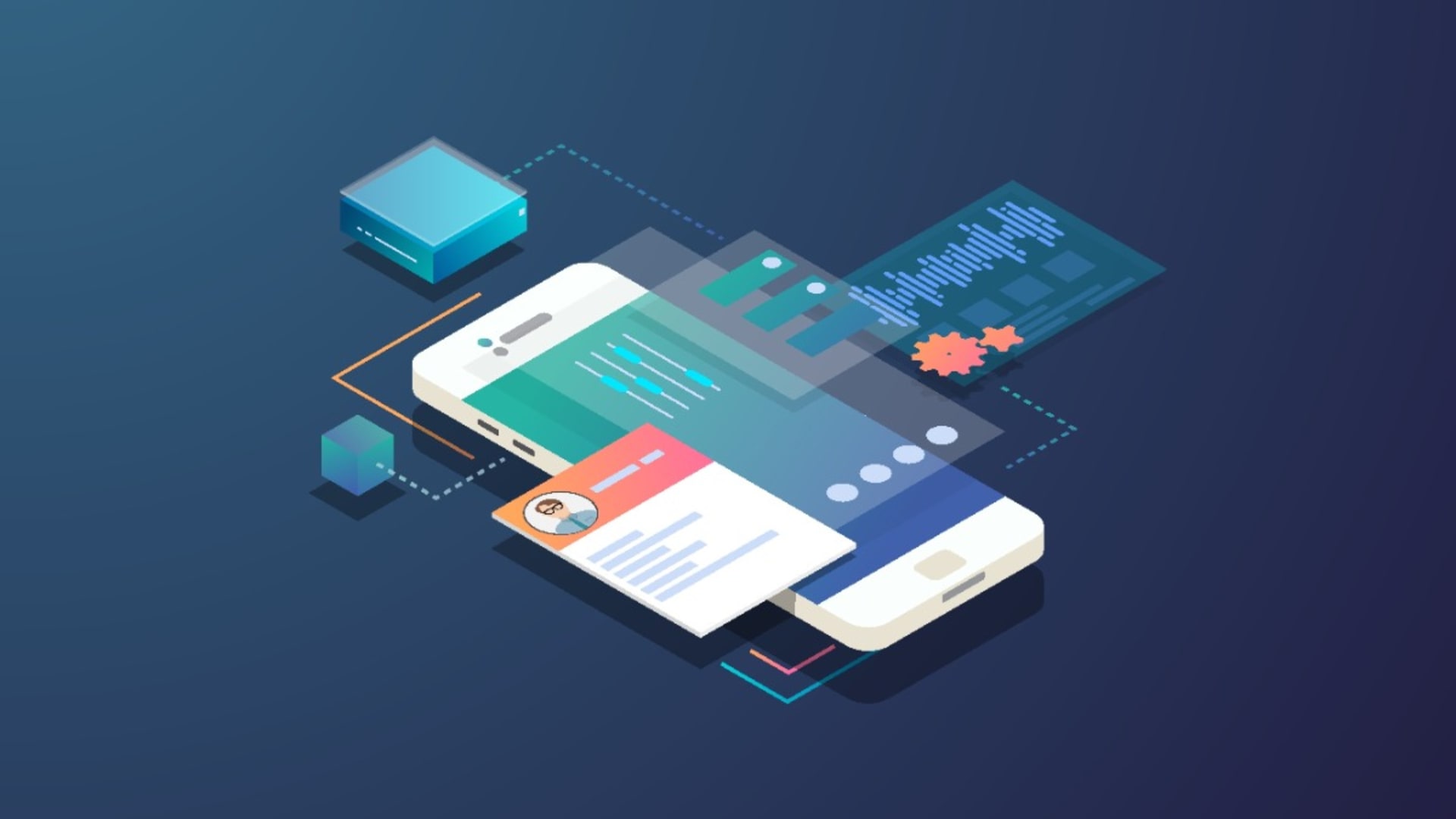- Home
- Technologies
- Xamarin
- Hire Xamarin Developers
Hire Xamarin Developers
Hire vetted Xamarin talent.
Our top 1% of tech talent has already undergone a rigorous vetting process. Get bilingual, nearshore React developers on your team within 2 weeks.
Trusted Xamarin partner to many companies.
No time to find the top talent yourself? Skip the hassle of recruitment.




The Ultimate Guide for Hiring Xamarin Developers
Given the rising popularity of cross-platform mobile application development, Xamarin developers are in high demand. But it can be difficult to find top talent that's the right fit for your business. We've been hiring software developers for a decade and a half, identifying only the top 1% of talent from more than 1.4 million applicants per year. We understand what a challenge it can be to find the best talent.
Based on our experience hiring Xamarin developers, we've created a guide to assist you with your own hiring process. We'll look at key considerations to take into account, important skills Xamarin developers should have, sample interview questions, and FAQs about the process. This guide will help you make informed decisions when you hire a Xamarin developer.
Before You Start Hiring
Portfolio and References/Testimonials
Identify the key projects and experiences you'd like to see in a Xamarin developer's portfolio. The portfolio of past projects is an important measure of expertise and qualifications, especially in the development niche you're looking for. Additionally, references will give you insight into how the candidate has worked with previous clients or employers.
Culture Fit
Technical skills are important in Xamarin developers, but they're not the only factor to consider. Cultural fit is also essential. You need developers who will fit in seamlessly with your in-house team. They should share working hours (time zone alignment) and work styles to avoid miscommunication and misalignment of values or goals.
Modernization
Consider how a Xamarin developer will help you modernize your organization. How will they refine your mobile app development process to create apps that run on multiple operating systems? Think about the various use cases for solutions developed with the Xamarin platform, such as enterprise and consumer apps. The Xamarin developers you select should have experience in these niches.
Experience in Your Industry
If you hire Xamarin developers with experience in your industry, you'll see better results. These developers have knowledge of important trends in your sector and the expertise to build mobile apps that respond to the landscape. For example, if you're in the healthcare industry, you might want a developer who has experience working with Xamarin.Forms to create patient care apps with appealing UIs.
14 Skills Every Xamarin Developer Should Have
Xamarin is a widely used cross-platform app development framework. It allows developers to speed up development by writing code once in C# and deploying it across multiple platforms, particularly iOS and Android.
Xamarin developers should have a number of important technical and soft skills. Here are some of the most important qualifications to look for.
Technical Skills to Look for in Your Ideal Xamarin Developer
1. Proficiency in C# and .NET Framework
Experience in C# and .NET is essential when you hire Xamarin app developers. Xamarin uses C# to build cross-platform applications. Both the framework and language are integral to the .NET ecosystem.
2. Experience with Xamarin.Forms and Xamarin Native
Xamarin.Forms is used to develop cross-platform user interfaces, and Xamarin Native is used for platform-specific coding. Both are essential for a Xamarin developer to know.
3. Understanding of Platform-Specific Development
While Xamarin is mainly used for cross-platform development, it's important for developers to have knowledge of platform-specific features and practices for iOS, Android, and Windows. This allows them to utilize the unique features of each platform.
4. Visual Studio Experience
Visual Studio is a comprehensive IDE for Xamarin development. It offers an array of coding, debugging, and testing tools to facilitate development within the platform.
5. Understanding of MVVM Design Pattern
The Model-View-ViewModel (MVVM) pattern is commonly used in Xamarin for a clean separation of concerns.
6. Mobile Development Fundamentals
A Xamarin developer must have a strong understanding of mobile development principles, including UI design, data handling, user input handling, and device features such as GPS and notifications.
7. Knowledge of XAML
Xamarin developers should have experience working with Extensible Application Markup Language (XAML) for designing UIs in Xamarin.Forms.
8. Familiarity with APIs and Web Services
Developers will often need to work with RESTful APIs and web services for data fetching and integration, cross-platform functionality, integration with cloud-based services, and service-oriented architecture.
9. Testing and Debugging
Any Xamarin developer requires experience in unit testing, UI testing, and debugging. These practices are essential for ensuring the quality and functionality of the application.
10. App Store Deployment
The Apple App Store and Google Play Store each have their own set of requirements and regulations respectively concerning app publication. Xamarin developers need to have knowledge of these rules when developing apps.
Soft Skills to Look for in Your Ideal Xamarin Developer
11. Communication Skills
Communication is essential in the development environment. Xamarin developers must communicate with team members, stakeholders, and clients.
12. Problem-Solving
Problem-solving skills allow developers to find innovative solutions to challenging problems and complexities in the development process.
13. Time Management
Xamarin developers juggle numerous responsibilities simultaneously. Time management skills allow them to effectively manage priorities, tasks, and deadlines.
14. Attention to Detail
Strong attention to detail is important for the accuracy and completeness of work.
8 Questions to Identify Top Xamarin Developers
When interviewing Xamarin developers, it's important to ask questions that first assess the candidates' technical skills and knowledge. Employers will also usually conduct a coding test to further assess specific on-the-job knowledge.
The following set of questions aim to uncover not only the developer's technical knowledge but also their problem-solving abilities, teamwork, communication skills, and adaptability—all crucial traits for success in a collaborative environment.
Here are a few examples of technical interview questions:
1. What's the difference between Xamarin.Forms and Xamarin Native?
Xamarin.Forms and Xamarin Native are both part of the Xamarin framework and are used for cross-platform mobile app development. However, they are used for different purposes. Xamarin.Forms is a UI toolkit that allows developers to create UIs that can be shared across iOS, Android, and Windows with a single codebase. Xamarin Native allows developers to write platform-specific code with C#.
2. Please give some examples of C# features that are particularly useful in Xamarin app development.
C# includes a wide range of features that facilitate easier and more effective Xamarin app development. They improve code efficiency, enhance the developer experience, and help create robust and maintainable applications. These features include
- Language Integrated Query (LINQ) is used for data manipulation, particularly when you're working with collections or local databases, such as SQLite.
- Asynchronous programming is essential for UI responsiveness in mobile applications.
- Lambda expressions and delegates help create concise and readable code. They are particularly useful in event handling and LINQ queries, allowing developers to write less wordy code for callbacks and event listeners.
- Extension methods allow developers to add additional methods to existing types without altering their source code. They're especially useful when you're working with custom controls or specific data types.
- Partial classes and methods enable splitting the implementation of a class or method across multiple source files. This is helpful for separating the shared code from platform-specific code in large projects.
- Generics improve code reusability and type safety, which is important for building reusable components and services in data models, view models, and service layers.
- Nullable types offer a straightforward way to handle null references, which improves the reliability of the app.
- Attributes can be leveraged to add metadata to code, accessed at runtime using reflection.
- Properties and auto-properties provide a flexible way to expose private fields with getters and setters, simplifying property declaration and making code cleaner.
3. How do you ensure a consistent user experience across different platforms using Xamarin?
I utilize Xamarin.Forms for UI design to ensure a consistent user experience across different platforms in Xamarin. I also implement a consistent design language and UI language and employ data binding and the MVVM pattern to maintain a clean separation of business logic from UI. Finally, I use Xamarin.Essentials to leverage common device functionalities in a consistent way across multiple platforms.
4. Can you explain the Model-View-ViewModel (MVVM) pattern and its advantages in Xamarin development?
The MVVM pattern is a design approach that enhances the separation of concerns in app development. In Xamarin, it's especially useful for building maintainable, testable, and scalable apps, dividing the applications into the Model, View, and ViewModel.
5. How do you stay updated with the latest trends and practices in Xamarin and mobile app development?
You should hire Xamarin developers who stay current with the trends and best practices in the field. This is essential for building quality software with strong security, functionality, and performance.
6. What strategies would you use to optimize the performance of a Xamarin application?
This question allows you to better understand how a candidate finetunes software.
7. Can you discuss a challenging UI you implemented in Xamarin and how you approached it?
This will help you evaluate the Xamarin developer's problem-solving skills and approach to coping with challenges.
8. How would you set up a CI/CD pipeline for a Xamarin project?
This allows you to assess the developer's familiarity with continuous integration and continuous development and ability to implement a CI/CD pipeline.
FAQ
What are the key skills to look for in a Xamarin developer?
A Xamarin developer should have proficiency in C# and .NET framework, experience with Xamarin.Forms and Xamarin Native, an understanding of the MVVM design pattern, and knowledge of APIs and web services. They should also have experience in mobile development fundamentals and familiarity with version control systems like Git.
How do you assess a Xamarin developer's technical expertise?
You can assess a Xamarin developer's technical expertise through a combination of technical interviews, coding tests, and reviewing past projects or portfolios. Questions can focus on C#, .NET, data binding, platform-specific UI design, and handling of APIs and web services.
What kind of experience should a Xamarin developer have?
A Xamarin developer should have extensive experience in building and deploying cross-platform mobile applications, working with different APIs, and implementing complex UI designs. They should also have a track record of solving challenging problems.
Can a Xamarin developer work on both frontend and backend aspects of an app?
Yes, a Xamarin developer, especially one with full-stack development experience, can work on both frontend (UI/UX) and backend (APIs, databases) aspects of a mobile application.
How do you evaluate a Xamarin developer's problem-solving skills?
You can evaluate a Xamarin developer's problem-solving skills through a number of means. For example, ask technical problem-solving questions during the interview. Discuss how the candidate has approached and solved challenges in their previous projects.
How much importance should be placed on a developer's understanding of platform-specific features?
A Xamarin developer's understanding of platform-specific features is very important. While Xamarin allows for shared code, understanding platform-specific features and capabilities is essential for optimizing performance and user experience on each platform.

How Businesses Can Overcome the Software Development Shortage
BairesDev Ranked as one of the Fastest-Growing Companies in the US by Inc. 5000





